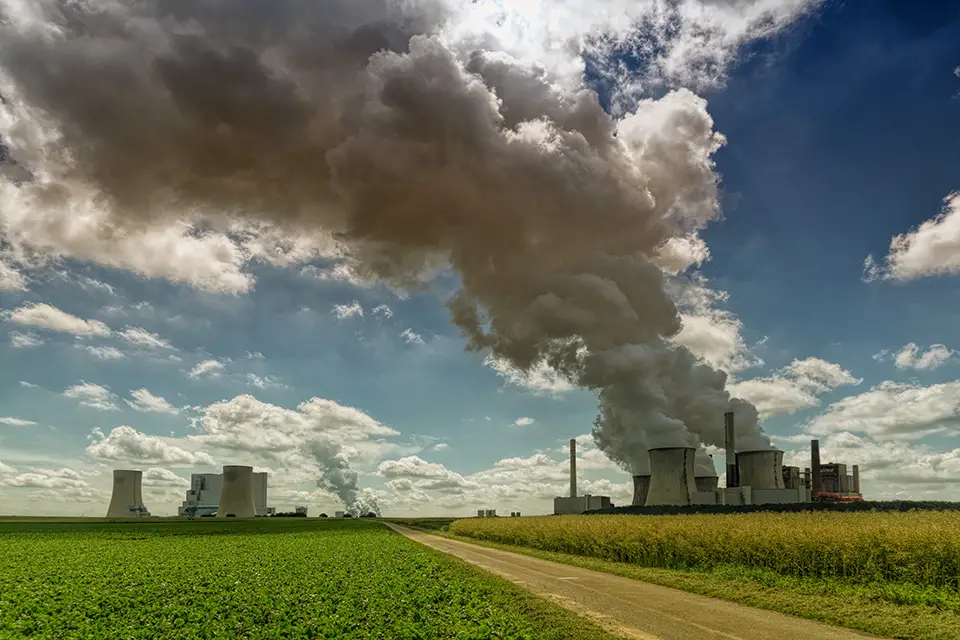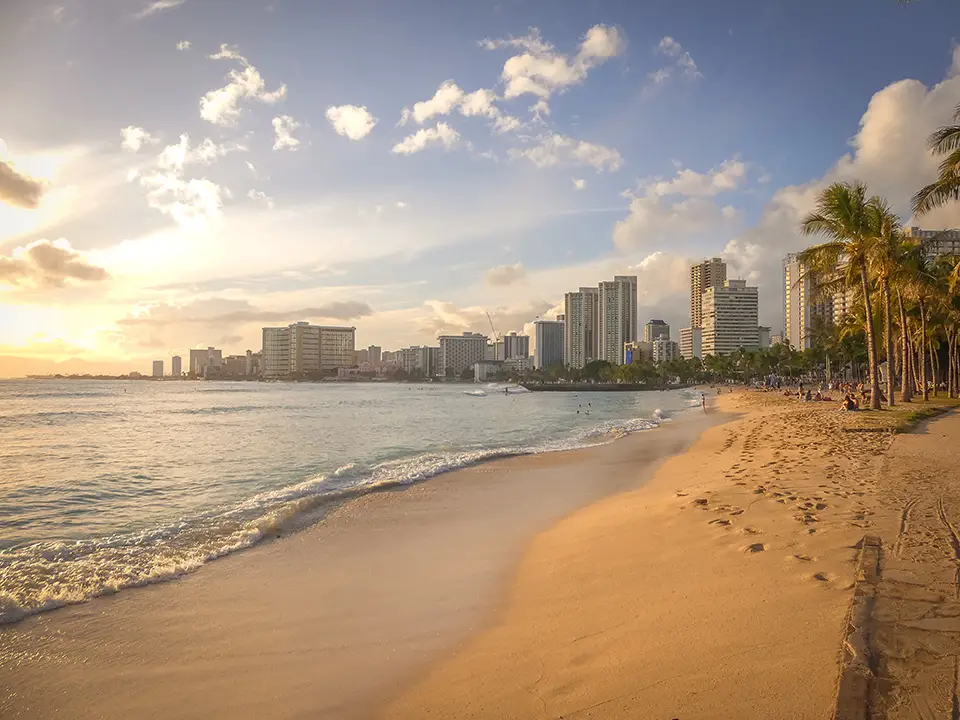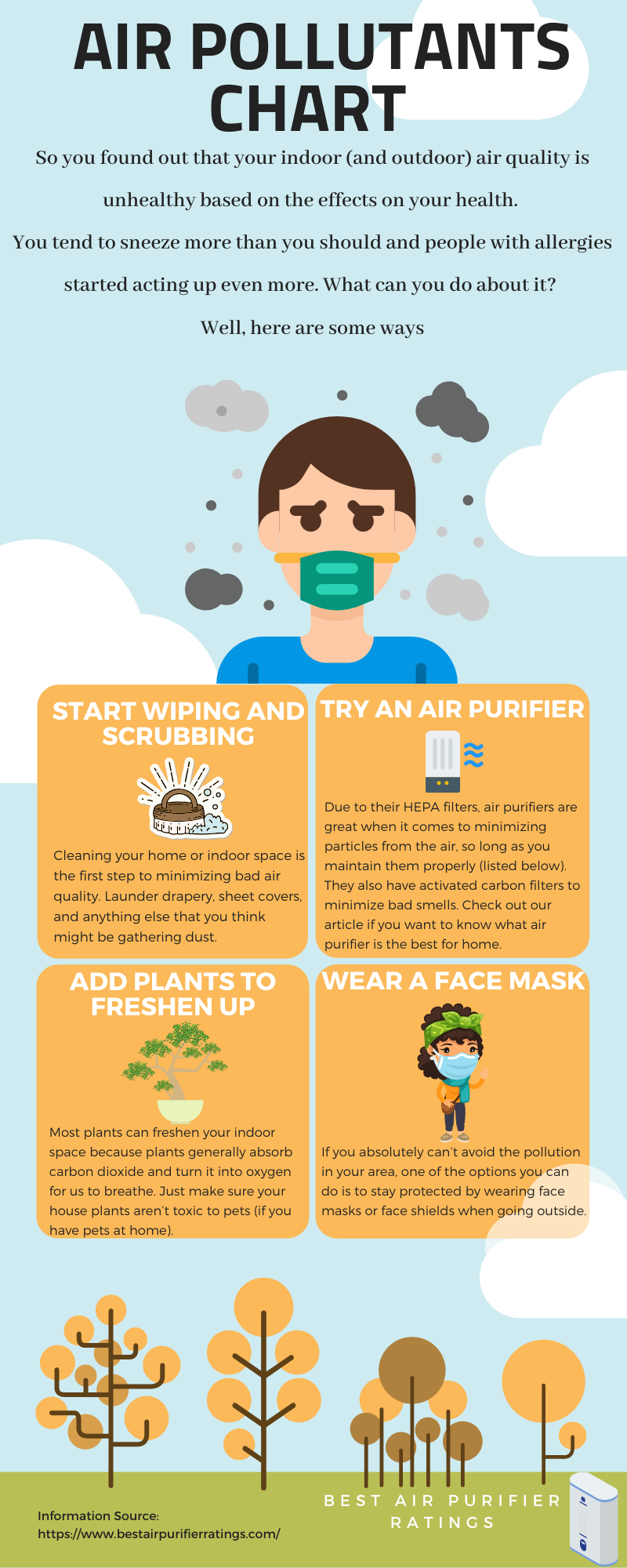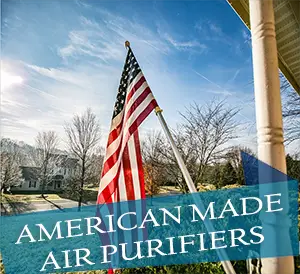
In the world we’re living today, air pollution is one of the worst problems that we face together. We care a lot about your indoor air quality so we put together this air pollutants chart!
Air pollutants can take on different forms, but not everyone knows about them. If we become oblivious to what kind of pollutants might be lurking in our indoor and outdoor air, we could be more susceptible to all sorts of illnesses! This is why knowing the facts are important.
Reading facts in plain text can be boring, right? That’s why we’ve taken the liberty to gather the facts for you and sum them up in this informative and free infographic down below – check it out! And if you do find it interesting, feel free to share it with your folks (and credit us).

What two pollutants pose the greatest threat to humans?
Pollutants not only make the air dirty but they can also compromise human health. Two of the worse pollutants that threaten not only humans but also plants and animals are the following:
- Ground-level ozone. It’s not the ozone that protects us up in the sky! This one is different – VOCs or volatile organic compounds are often mixed with nitrogen oxide to form ground-level ozone due to the UV rays of the sun.
This kind of ozone is dangerous because it is known to cause health problems to humans such as respiratory illnesses and infections.
- Airborne particles. These can vary depending on the kind of harsh chemicals that continue to drift throughout the air. They may come from construction sites, factories, and the like. At most they can cause allergies or asthma to act up and worsen.
As we mentioned in our article about the effect of air pollution on plant life, the stomata get blocked by airborne particles from air pollution so the photosynthesis process gets slowed down. Think of it as plants having less productivity in making their food.
What are some of the causes of air pollution?
Air pollution is bad and is mostly caused by the following activities:
| Mining activities | The debris from mining for precious stones and resources can cause air pollution to run rampant. This is because miners are essentially spreading dust in the air due to their pickaxe activities.
When it spreads from one area to another, that becomes a problem. Even if mining companies set their mining spot away from residential areas doesn’t mean that the dust won’t spread eventually to them! |
| Fossil fuels | Petroleum is not the only source of fossil fuel – even coal is considered one, and it can emit air pollution as well.
Burning fossil fuels emit gases that are not only toxic to humans but also the environment as a whole. Carbon monoxide is released by this process, which often comes to us as the smell of coal. Carbon monoxide poisoning can happen to people with severe exposure to it. |
| Pesticides and insecticides | The frequent use of pesticides and insecticides could make your life easier when planting a garden and/or maintaining it, but the chemicals that get into the soil and cause ammonia to form in the air.
Just because these chemical formulas are in liquid doesn’t mean they can’t affect air quality! |
| VOCs from household cleaning products | VOCs or volatile organic compounds are usually found from most household cleaning products. Although many products nowadays have fewer CFCs and the like, there are still some that need to use them to become more effective.
To lessen this effect, why not try eco-friendly products? You can also check out homemade cleaning products or ones that use natural ingredients. |
| Factories | Certain factories emit pollution from their exhaust. Chemicals can spread into the air and affect any area around them.
While there are governing bodies that measure the amount of pollution that a factory emits, not all factories in the world are examined by these governing bodies, sad to say, especially illegal ones. |
What do you do when air quality is unhealthy?
So you found out that your indoor (and outdoor) air quality is unhealthy based on the effects on your health. You tend to sneeze more than you should and people with allergies started acting up even more. What can you do about it? Well, here are some ways:
- Start wiping and scrubbing. Cleaning your home or indoor space is the first step to minimizing bad air quality. Launder drapery, sheet covers, and anything else that you think might be gathering dust.
- Try an air purifier. Due to their HEPA filters, air purifiers are great when it comes to minimizing particles from the air, so long as you maintain them properly (listed below). They also have activated carbon filters to minimize bad smells. Check out our article if you want to know what air purifier is the best for home.
- Don’t forget to change filters. Whether it’s the filter of your air purifier or your A/C unit, changing filters as prescribed by the manufacturer helps you to maintain healthy indoor air. What’s the point of having a filter when it’s dirty? It will just spread back the dust to your space! And that’s why it’s time to change it when it’s due (usually 6 months or so).
- Add plants to freshen up. Most plants can freshen your indoor space because plants generally absorb carbon dioxide and turn it into oxygen for us to breathe. Just make sure your house plants aren’t toxic to pets (if you have pets at home).
- Clean up (or lessen) rugs and carpets. Such carpets and rugs can be a good idea when the weather is cold, but leaving them unlaundered for a long time means that they can catch dust and debris, which can fly around your indoor space.
- Ventilate. Open up windows a bit, especially in your kitchen, so that the air can circulate and that dust doesn’t settle indoors all the time. If you don’t have windows, try installing one or opening an air duct if you own your house (it might not be applicable for those in apartments or condo units).
- Cook smoky foods in an open space. The reason why people have barbecue parties outside is to keep their indoors clean from smoky air. If you have wilderness at the back of your house, that’s a great way to cook smoky foods without affecting your indoor area.
- Go eco-friendly with cooking. As we mentioned above, although outdoor cooking is great, we still suggest you go with electric cookers because coal burning is bad for the environment (and for your lungs!). Electric cookers are also better than gas cookers because they tend to be safer even when you leave them alone, unlike gas tanks that can explode or cause air pollution.
- Invest in a bike or an electronic vehicle. Riding a bicycle not only lessens the fuel emissions on the highway but it also helps you to stay fit! Or, if you don’t have the physical capability to endure riding a bicycle, why not try electronic vehicles such as e-bikes?
- Wear a face mask or face shield. If you absolutely can’t avoid the pollution in your area, one of the options you can do is to stay protected by wearing face masks or face shields when going outside.
- Lessen surfaces at home. The more tables and furniture you have, the more dust and debris would settle down inside your house. De-clutter and lessen your items at home, especially those that you don’t need anymore.
- Groom and bathe pets often (and outdoors). Pets are also known to cause air pollution because they spread dander in the air. Bathe them and groom them often, especially for pets that shed more often than others. You’d also have to bathe them more frequently if they like going outside a lot.
What city has the worst air quality?
Kanpur, India is said to be the most polluted city in the world today, as of global ranking. The air pollution is mostly due to their leather factories, which pollutes the air with chromium, a kind of element that, when inhaled in large quantities, can be toxic to humans and can form skin problems.

Which city has the cleanest air?
Honolulu, Hawaii is said to be the city in the world with the cleanest air. It comes to no surprise since Hawaii is an island and they have fewer industrial locations there compared to most cities in the world. However, the ranking was made in comparison to cities that are just as big as they are, to be fair.
Conclusion
If you want to know more about air pollutants, check out our free infographic by signing up and joining our e-mail list. It’s completely free because we care about you and want you to be informed of the dangers of air pollution.
Don’t worry – we won’t send spam to your e-mail, promise! Oh, and did we mention that you can share the infographic as long as you credit us? What are you waiting for?





